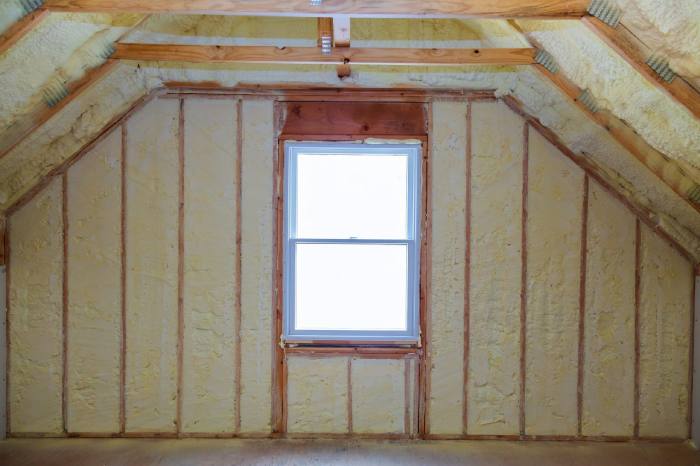…and its TRANSFORMATIONAL EFFECT ON ME
At this time, I can look back on almost twenty years of experience working with clients, peers and mentors on feasibility studies, architectural design and management of several small to large-scale and complex building projects in India. In 2009, I also started tutoring in Design Studio and Building Construction modules at an architecture school, as a visiting faculty member. I entered the world of architectural academia and research because I enjoy sharing my experience of real-world situations in professional practice with students; I believe these are an invaluable resource for emerging architects. These lecturing experiences and interactions with students led me to discover that I equally enjoy theory work, especially theoretical fields that see wide use of empirical research, such as critical theory and constructivism.
I also entered architectural academia because, throughout my professional practice and teaching, I personally experienced the disparity that prevails within the discipline. I discovered that while it was challenging to become established as a successful practitioner, there was not enough mentorship, help or endorsement available to emerging architects. There were no well-established routes for students, especially in the architectural curriculum, to engage with building professionals and clients where they could learn usable onsite skills. Moreover, traditional methods of training, such as an internship with a practising architect, Live-build projects, in-house workshops, etc., had become inadequate and/or obsolete. Apart from drafting and office management, internship programmes with architects were not able to offer either meaningful real-world experience or client management skills in the current architectural landscape, on top of which, digital tools were revolutionising the way people work, engage and interact.
While I was happy about being an architect, I was also concerned about the negative trend with respect to the working conditions and marginalisation of architects by other building professionals. Moreover, I also experienced clients’ dissatisfaction and mistrust in architects shown through their belief that good contractors and skilled labourers are more important than architects for achieving timely completion, quality and strict budgets.
After this, I felt the growing need to better understand architect-client relationships and why it is important to use these tools early in architects’ education. Additionally, my profession was more and more confronted with the spin-off effects of the rapid development of new digital technologies. In the last few decades, architects were rather suffering from the challenges than enjoying the benefits. I could see that the new digital tools had under-utilised potential to support our efforts to create good architecture and to reinstate an architect’s role in society.
Nevertheless, this potential was playing a rather secondary role. The dilemma of emerging architects, who were facing challenges such as debt-laden education, job insecurity, lack of practical skills and real-world client interaction, was still of prime consideration in ascertaining the significance and direction of my study.
Studying the architect-client relationship (ACR) called for a broader understanding and reasonable knowledge of all aspects of an architect’s professional life. As such, the scope of this thesis was not limited to architects, clients and emerging architects, but also attempted to explore digital technology, architectural education and practise through a lens of social and ethical obligations of a service-oriented knowledge-based profession. Despite its limitations, the study certainly adds to our understanding of the architect-client relationship and how it reshapes the professional and academic domains of the discipline. Hence, in this study, I was more engrossed in identifying the gaps and articulating the problems faced by clients and emerging architects.
Nonetheless, some questions are still open to debate. For example, given my previous experience of both practice and architectural education, how can I overcome my own ‘prejudice and subjectivity’ when confronted with numerous viewpoints? However, on the positive side, when I decided to leave my established practice, which was mainly due to a number of reasons identified above, I was aware of this disposition and have treated it as an asset rather than a weakness.
While I maintained a personal research journal during the various phases of this research, I chose instead to seek substantiation of propositions not from personal triangulation, but by returning the findings to the respondents of the empirical research, they were reconfirmed. Moreover, sixteen years of practical experience of running my own practice and teaching have been instrumental to the progression of this study, and it is this experience that has enabled me to rationally navigate and present progressive conclusions.
Clients play such an instrumental role in this study that without them my research would not have been meaningful. I am also indebted for the support and mentorship I received from peers in academia and practice, who agreed to face-to-face interviews and in-depth discussions, in some cases lasting up to two hours. Nobody has been more important to me in the pursuit of this project than the members of my family, who have not only made compromises at every step in the last three years but also sacrificed family time for me to study. I thank all my tutors, examiners, friends and well-wishers for their valuable feedback, timely motivation, emotional and financial support, and, most of all, believing in me. To all of them, I owe my deep gratitude!



































